Biochemistry and Molecular Biology
Welcome to the Division of Biochemistry and Molecular Biology within the Department of Biological Sciences at Louisiana State University and Agricultural & Mechanical College. Our dynamic faculty and student group combines the best aspects of chemistry and biology to address the most interesting and important scientific questions of our time. Areas of current research include, but are not limited to, analysis of the structure and function of complex carbohydrates, lipids, nucleic acids, and proteins; characterization of enzymes and their reaction mechanisms; intermediary metabolism in animals and microorganisms; nutritional biochemistry; physical biochemistry; molecular biology of mammalian viruses; DNA repair; genetic engineering of disease resistance in plants and animals; tumor immunology; and organelle biogenesis.
From biophysics to molecular biology, biochemistry is "where it's at" for the 21st century. Maybe you've heard of PCR or the flavor-saver tomato. Or recombinant insulin, transgenic mice, and new AIDS therapies. And what's this about cloning a sheep? Well, all these spectacular new technologies have their roots in biochemistry. And it all starts with basic research. That's where we come in. At LSU, our outstanding group of biochemists is dissecting life at the molecular level. How do algae concentrate CO2 for photosynthesis? What structures do RNA molecules adopt in solution? What does the key glycolytic enzyme PFK look like? How is protein synthesis regulated as the ribosomal subunits join? How do plants keep their roots white and leaves green? How does nucleolin influence rRNA biogenesis? Got any more questions? Well, we do! The mysteries of life are seemingly boundless. If you're interested in tackling some of them, read on through these pages. And if you like what you see, get in touch!
Programs of Study
The Degree Program in Biochemistry offers exceptional training leading to the B.S. and Ph.D. degrees. These programs are designed to develop students for professional careers in biochemical research and teaching. For admission to the doctoral program, students must have thorough preparation in general, analytical, physical, and organic chemistry and in life sciences. Deficiencies in these areas may be corrected by taking appropriate undergraduate courses concurrent with graduate study in biochemistry. Doctoral programs are planned on an individual basis by the student, his or her major professor, and the committee appointed to advise the student. Students begin research rotations in professors' laboratories during the first year and complete three rotations in different laboratories by the end of the spring semester. Course work is integrated with this research experience, and a major professor is chosen in May of the first year. Five to six years are usually required to complete all requirements for the Ph.D. Formal graduate training is supplemented by seminars sponsored by the department and by the Agriculture and Life Science Colloquiums or other closely affiliated departments. In addition, local chapters of various scientific organizations provide special programs and seminars valuable to the training of graduate students. Noted scientists from both the United States and abroad are featured speakers at these events.
Visit our Graduate Studies pages for information on applying to our program.
Research Facilities
The physical facilities of the biochemistry program consist of about 30,000 square feet of well-equipped, modern laboratory and office space in Choppin Hall, the chemistry-biochemistry building. In addition, biochemistry faculty members have access to facilities for protein and peptide analysis (amino acid analyzers, peptide synthesizers, HPLC); NMR analysis (Bruker AM 400 and AMX 500 MHz); and mass spectrometry (Kratos high-resolution, Finnigen tandem, and Bio-Ion Plasma Desorption time-of-flight mass spectrometers). Research support is provided by the College of Science's Macromolecular Computing Analysis Facility that includes an IBM RS/6000 model 590 server, two RS/6000 model 390 workstations, and peripherals. Software for molecular graphics and modelling, as well as the GCG programs, is available. Each research group in the department also has access to the Internet via the campus-wide fiber optic network. The department also has shared equipment, including ultracentrifuges, scintillation counters, ultralow freezers, tissue culture facilities, biohazard hoods, an analytical ultracentrifuge, a phosphorimager, and autoclaves, as well as a darkroom. Biochemists also have access to the Plant Growth Facility and the research facilities of the Louisiana Agricultural Experiment Station and work closely on collaborative projects with faculty from Animal Science, Plant Biology, Chemistry, Environmental Studies, Microbiology, Plant Pathology, Veterinary Medicine, the Pennington Biomedical Research Center, and Zoology & Physiology.
PRINTABLE BMB FACULTY LIST (LOGIN IS REQUIRED)
| Faculty Photo | Faculty Name | Research Interests |
|---|---|---|
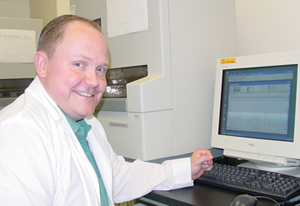 |
Mark A. Batzer | Comparative Genomics, Genome Biology and Evolution, Transposable Element Biology, Computational Biology |
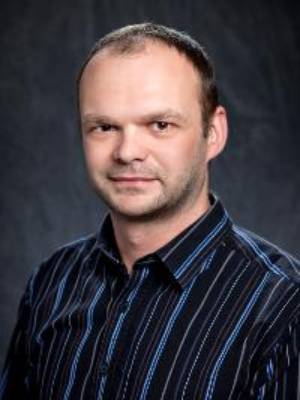 |
Michal Brylinski | Computational Systems Biology |
 |
Chen Chen | Host-Pathogen interactions, Innate immunity, Bacterial toxins, Glycobiology. |
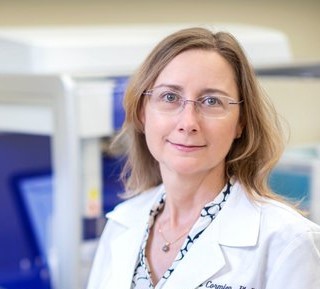 |
Stephania Cormier | Age related immune responses to respiratory insults including respiratory viruses, pollutants, and allergens |
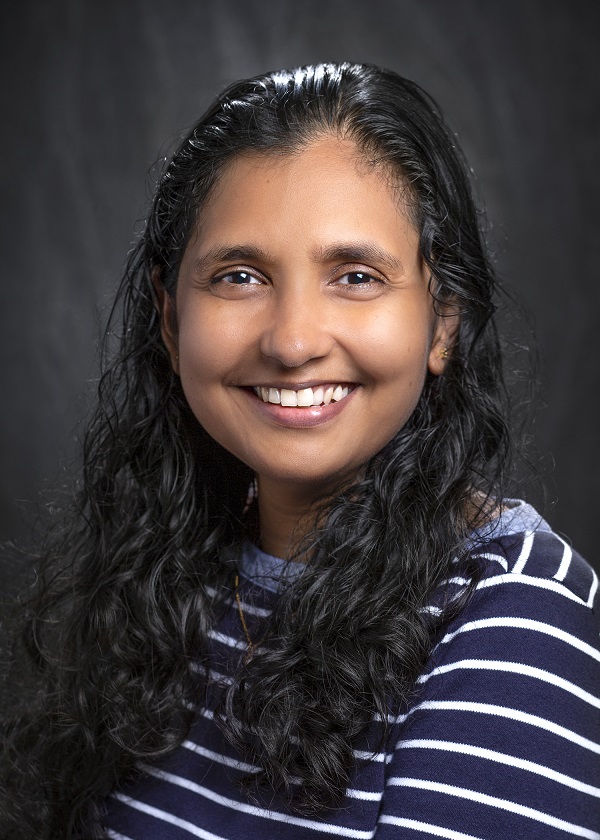 |
Maheshi Dassanayake | Plant adaptions to abiotic stress and comparative genomics |
 |
Patrick DiMario | Study of proteins involved with ribosome biogenesis and nucleolar structure. Posttranslational phosphorylation or methylation of individual nucleolin peptide domains. |
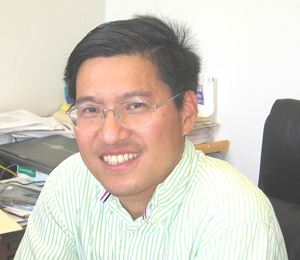 |
Huangen Ding | Regulatory function and metabolism of iron sulfur proteins during oxidative stress |
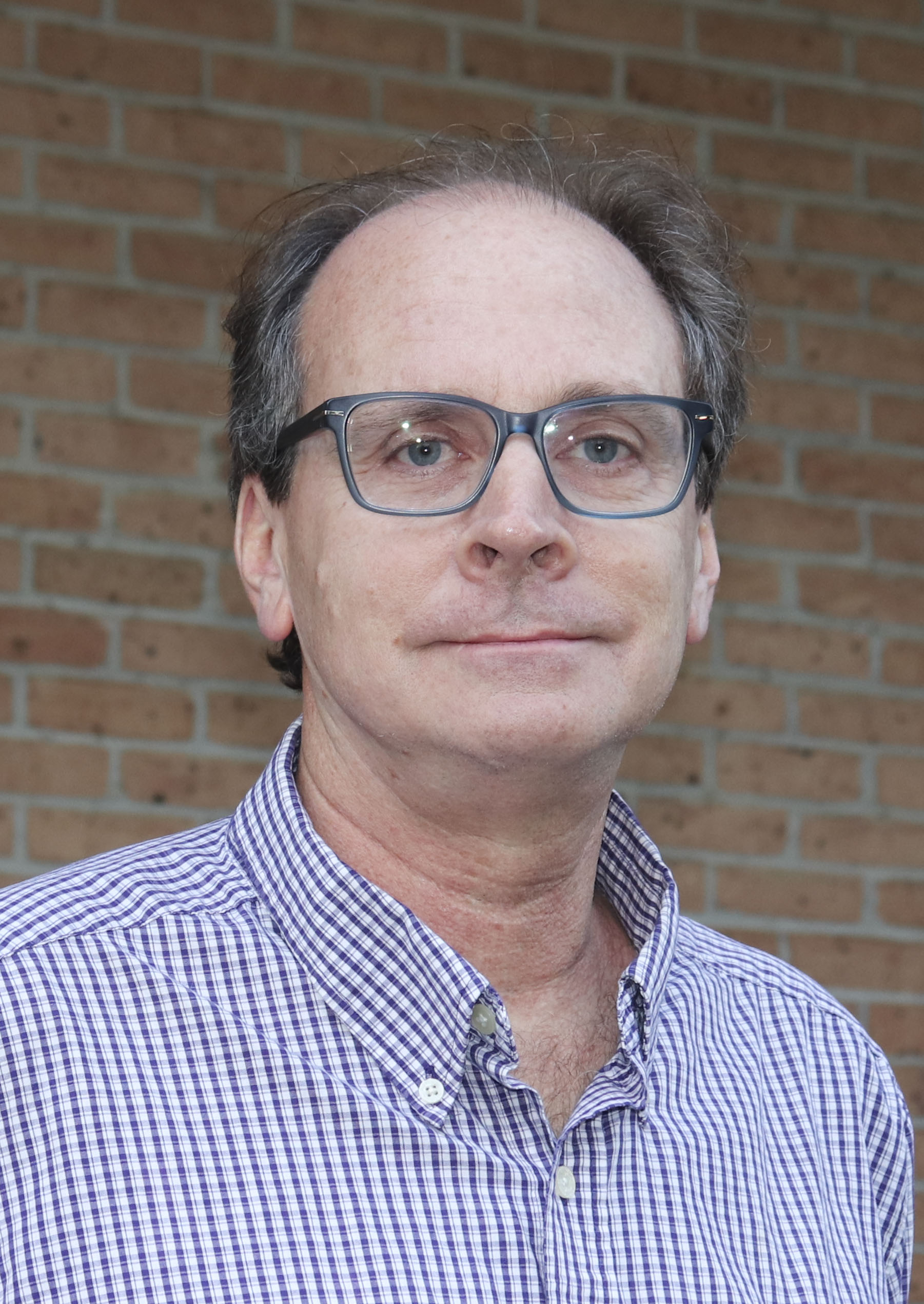 |
William T. Doerrler | Membrane biogenesis in E. coli |
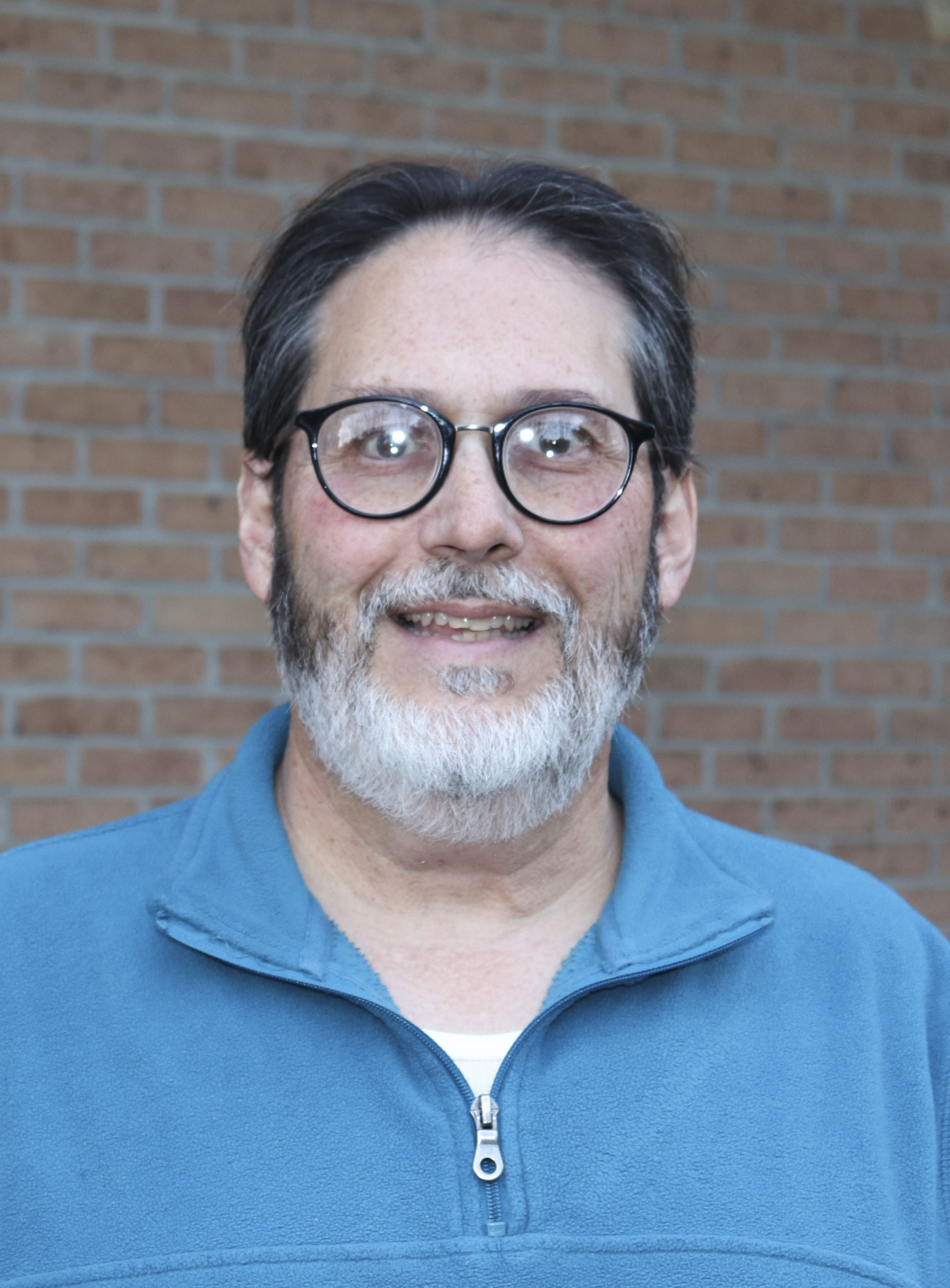 |
David Donze | Chromatin structure and gene expression; Extra-transcriptional functions of RNA Polymerase III complexes |
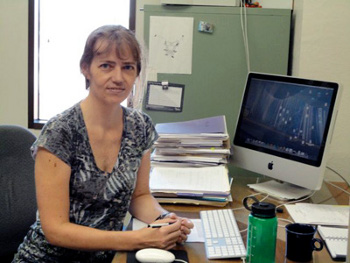 |
Anne Grove | Regulation of gene expression in response to stress |
 |
Steven C. Hand | Bioenergetics, molecular physiology, environmental control of gene expression, comparative biochemistry |
 |
Craig M. Hart | Chromosome Organization, Chromatin Structure and Gene Expression |
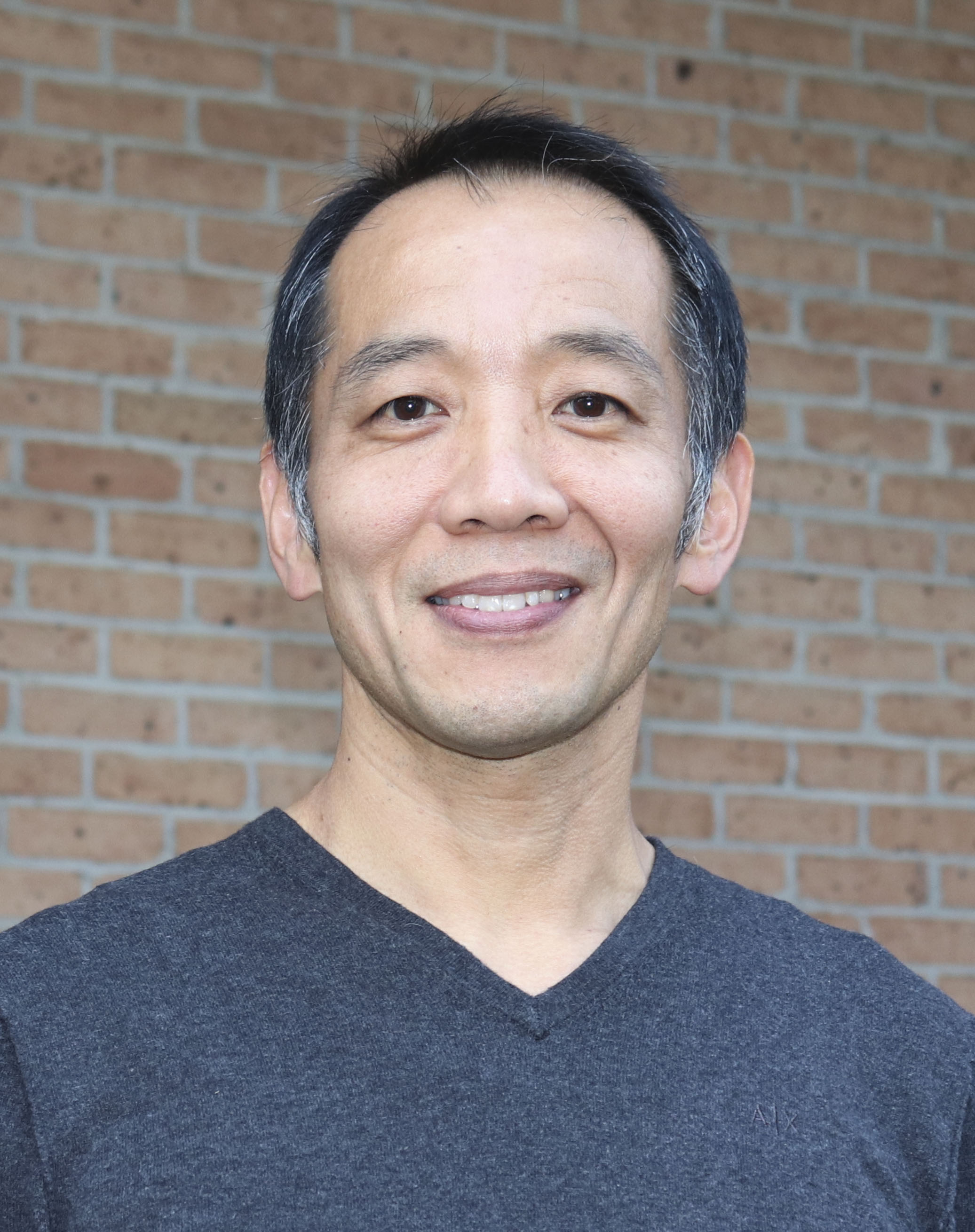 |
Naohiro Kato | Molecular traffic control in plant cells |
 |
Joomyeong ‘Joo’ Kim | Mammalian genomic imprinting, Genome evolution and function |
 |
Heidi Klem | Computational biochemistry, biocatalysis, protein design, quantum-mechanics, molecular dynamics, Python software development |
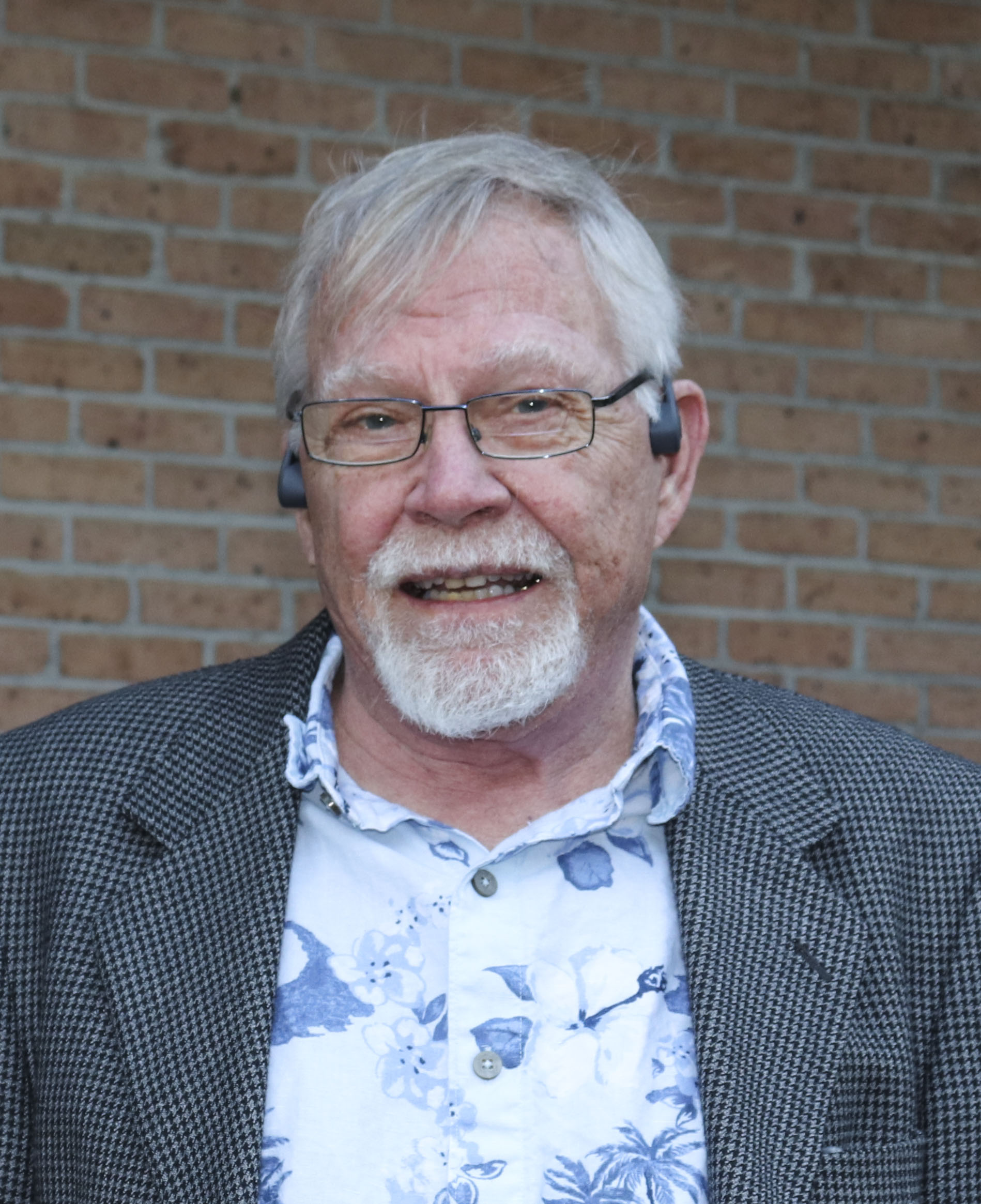 |
Roger A. Laine | Bioactivity and structure of complex carbohydrates, microbial diagnostics, termite chemical effectors, analysis and pharmacophores |
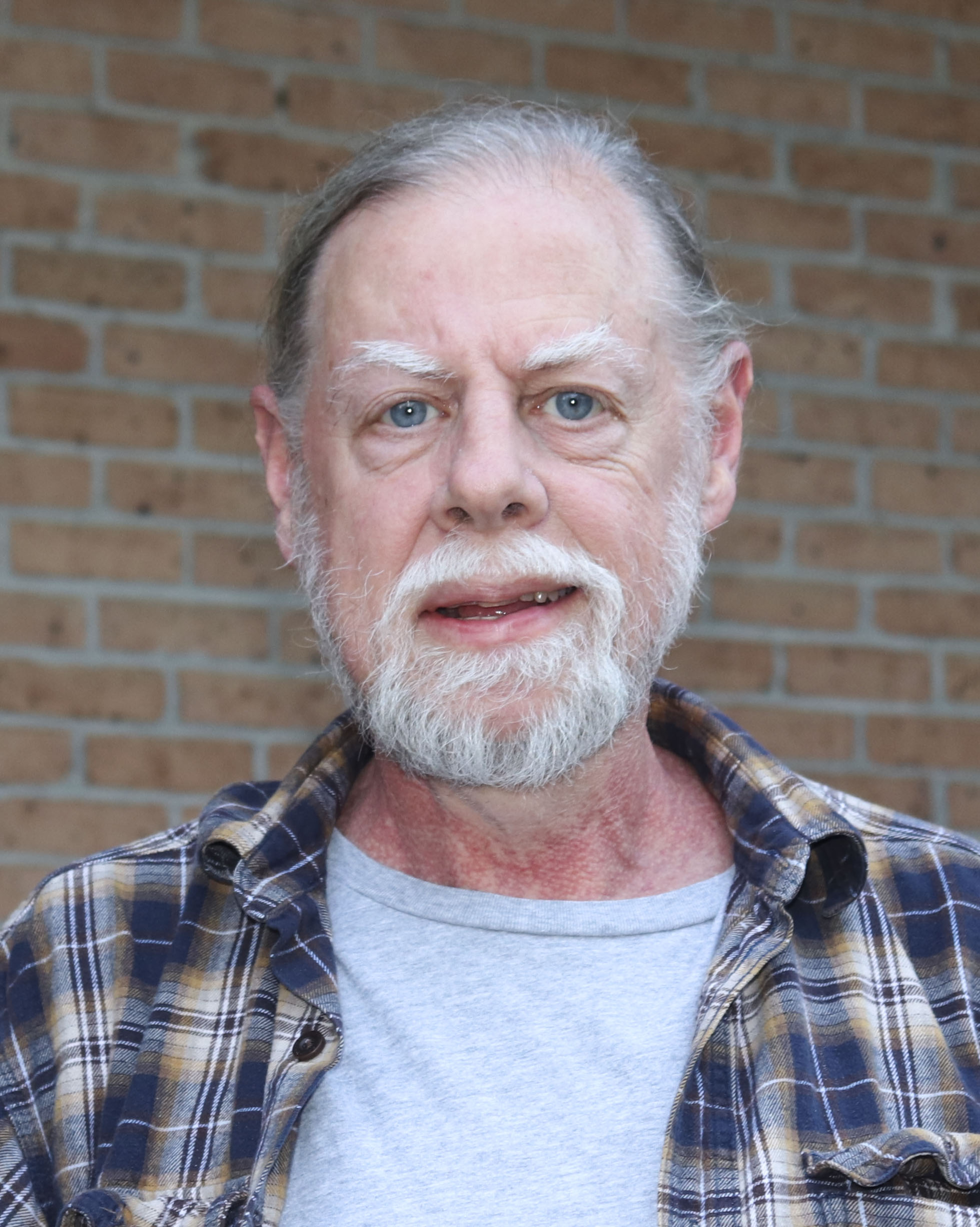 |
John C. Larkin | Developmental genetics, cell differentiation, cell cycle, plant biology |
 |
Yong‐Hwan Lee | Macromolecular X-ray crystallography, environmental regulation of cellular metabolism, and protein chemistry |
 |
Vince J. LiCata | Protein structure and function; energy management in proteins; the role of water and solvent in protein function and stability |
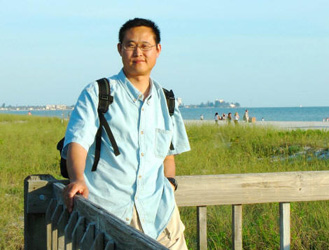 |
Rui Lu | RNAi mediated virus host interaction |
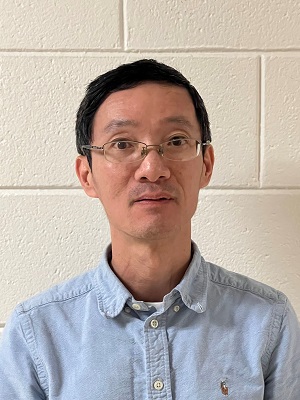 |
Bing‐Hao Luo | Structure and functions, transmembrane protein signaling and protein-protein interaction |
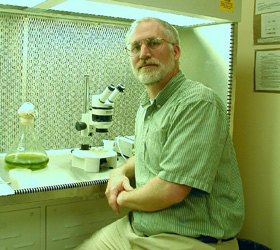 |
James V. Moroney | Photosynthesis and bioenergetics |
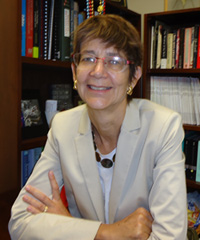 |
Marcia Newcomer | Protein Crystallography |
 |
Cynthia Peterson | |
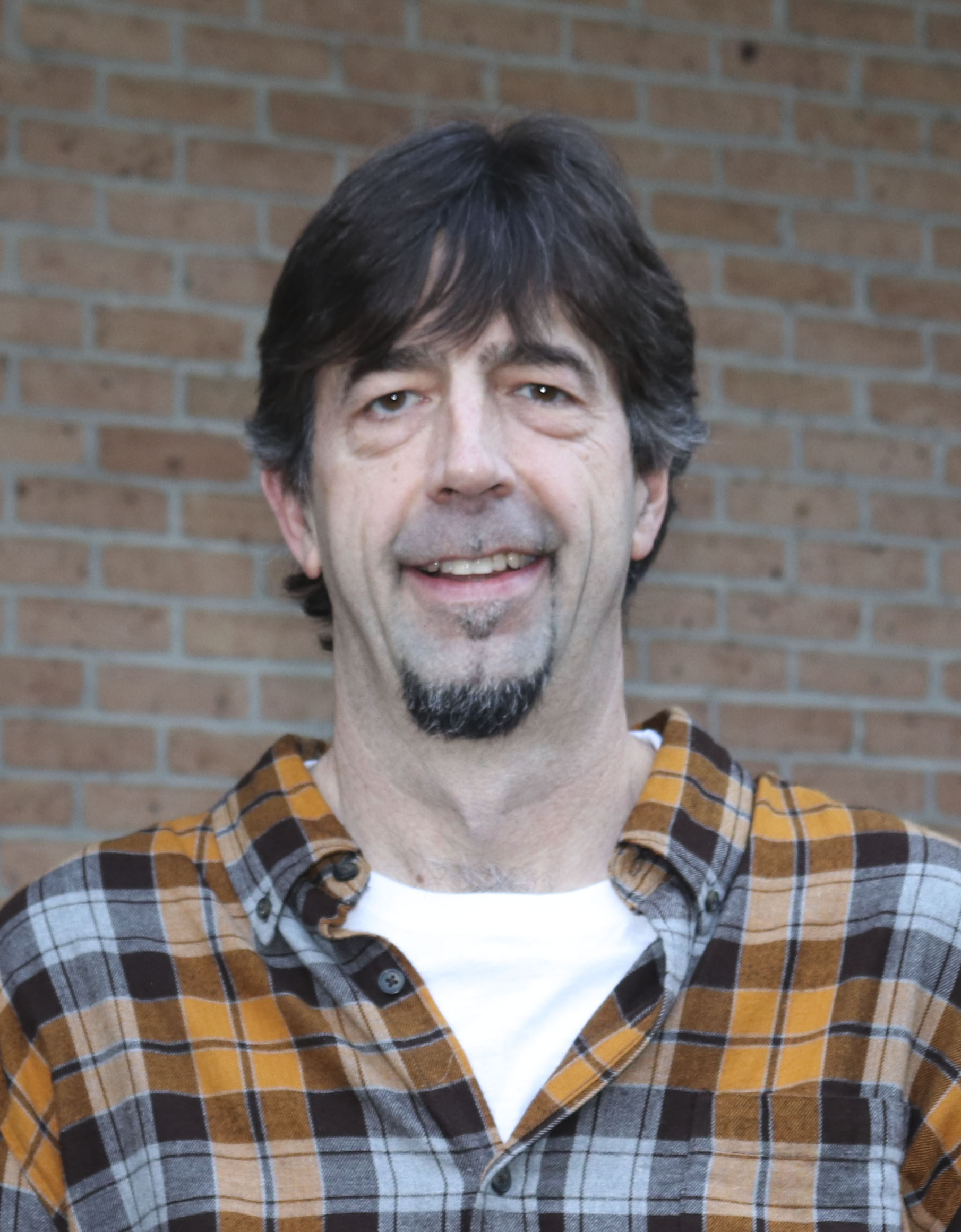 |
Gregg S. Pettis | Genetics and molecular biology of conjugation in the genus Streptomyces; biological control and pathogenesis of the sweet potato pathogen Streptomyces ipomoeae |
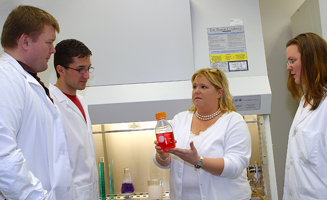 |
Jacqueline M. Stephens | Diabetes research, transcription factors, biochemistry, molecular biology and cell biology |
 |
Jiaqi Tan | Plant-microbe interactions, microbial ecology and evolution |
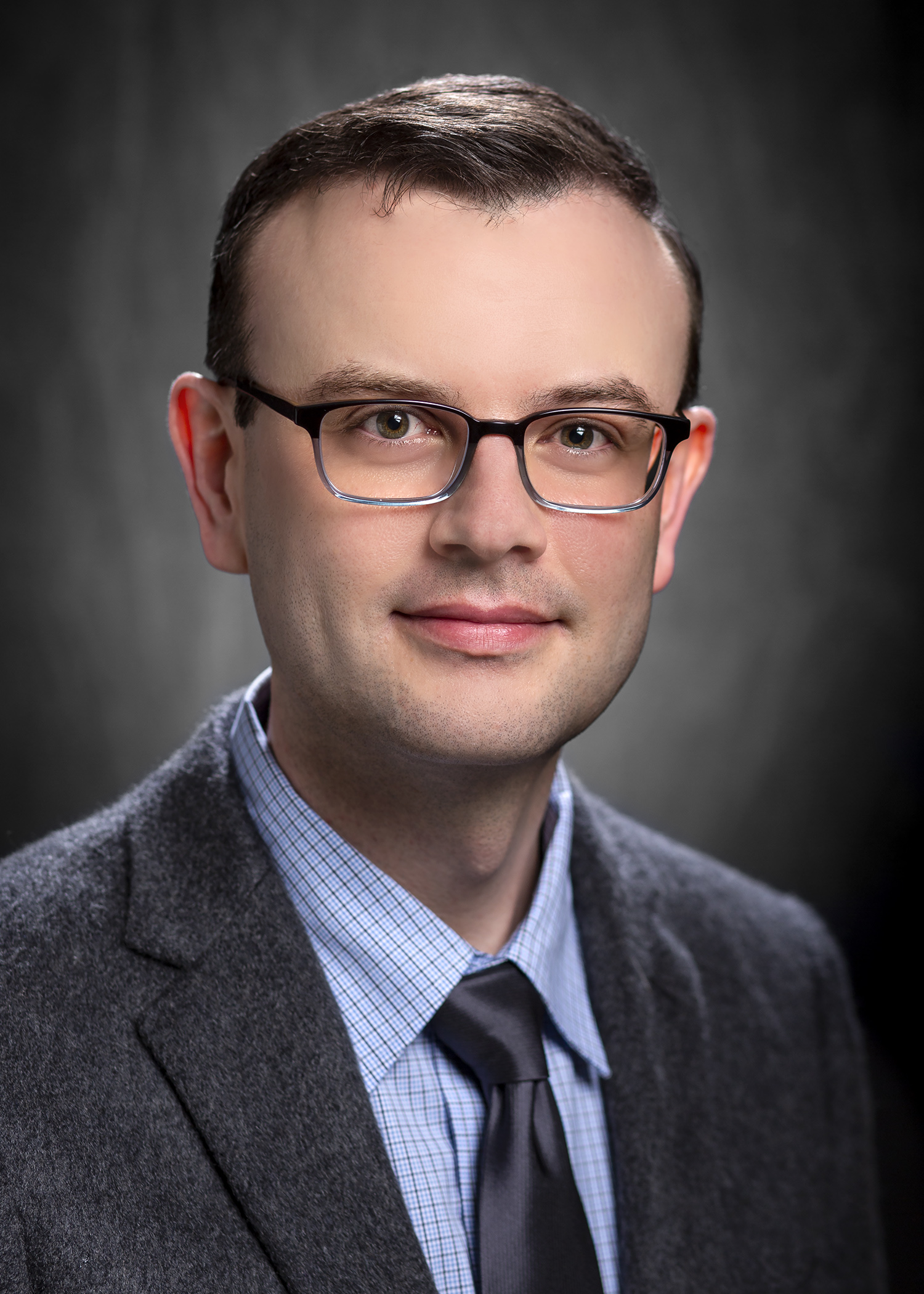 |
David J. Vinyard | Molecular mechanisms of oxygenic photosynthesis |
 |
Anastasios Vourekas | Ribonucleoproteins - RNA regulatory mechanisms of gene expression |
 |
Grover L. Waldrop | Kinetic and chemical mechanisms of enzymatic reactions |
BMB Adjunct Faculty
- James Collier
- Elizabeth Floyd
- Jong Ham
- Konstantin Gus Kousoulas
- Shisheng Li
- Chris Morrison
- Leanne Redman